So what is dry rot?
Dry rot - two words that can send shivers down the spine of homeowners in the know, is basically a type of fungus or mushroom. Depending where in the world a home is located, the precise type of fungus can vary, but more of that later.
The reason why dry rot has become so feared by homeowners over the years is that, unlike what its name would have us believe, dry rot flourishes in damp and inadequately ventilated conditions. And by the time it’s detected it can already mean that parts of the home are in an advanced state of wood-decay and structural failure. This is why it's so important to recognise dry rot so you can prevent it from happening, and if its already present, to know enough to repair it.

What is the difference between dry rot and wet rot?
Where dry rot differentiates itself from the ‘regular’ wet rotting of wood, is that while it may start by attacking internally damp timber, once it does start to grow, dry rot is able to spread without any source of additional moisture. This is due to it accessing sufficient humidity from surrounding structural lumber in homes. Also, it has a habit of forming behind the plaster and lath of older homes, underneath floorboards, as well as in crawlspaces and attics. Out of sight, out of mind… until it becomes a major issue, that is.
Often described as 'the building cancer', dry rot has the capacity to spread quickly and travel through other inert building materials; this movement can cause serious damage and threaten the structural integrity of homes.
What causes dry rot in homes?
Dry rot is caused by an aggressive and serious wood-destroying fungus whose spores thrive when they encounter untreated or minimally treated lumber with high moisture content. That can be due to many sources, either from internal leaks from appliances and plumbing failures, or a failure in a home’s building envelope.
This fungus (or more accurately group of fungi), is best known for destroying the structural timbers in ships and buildings. The humidity and temperature levels that can cause dry rot to flourish are as follows:
Dry Rot - Conditions for Growth Minimum Optimum Maximum
Temperature (°C) −5–+5 15–22 30–40
Timber Moisture Content (%) 22–25 20–55 55–90
What is really weird, and for reasons that have not yet been fully explained, is that despite being such a successful colonizer of buildings, the variety most common in homes in the UK and Europe (S. Lacrymans) is rarely found growing in the wild. Occasional specimens have been found in the foothills of the Indian Himalayas, Mt. Shasta in California, and woodlands in Czechoslovakia, but for the most part this species likes our cozy humid homes.
The most commonly found strain in North America is officially named Meruliporia incrassata or "Poria" Meruliporia incrassata, but it’s common name is, not surprisingly, the "house eating fungus”.
Make no mistake, this is a severe wood-rot fungus which is best avoided. According to certain sources, in many cases it is able to find sufficient moisture to continue growing even after its original source of moisture has been cut off.
Once Poria incrassata is well-established, it can destroy large areas of flooring and walls in just a few short years unless the causes are found and permanently removed. Fortunately, control is usually as simple as permanent elimination of the water supply that brings the wood to the humidity level where it starts to prosper.
This Meruliporia incrassata Serpula lacrymans version of dry-rot fungus, to give it another varietal name, occurs primarily in the Southern United States and sometimes as far north as Canada. The variety most common in Europe is Merulius lacrymans. Fortunately, both of these varieties of fungus are treated in the same way – by reducing the amount of moisture it has access to.
Unlike with black mold, and fortunately for humans, there are no known toxic compounds produced by the common varieties of dry rot fungus that cause respiratory illnesses in humans if inhaled.
However, some cases have been documented where it is suspected to have aggravated asthma symptoms, and there have been confirmed cases of allergies relating to these types of fungus. Overall the dangers they pose to health are not a significant health risk, and impact short-term comfort rather than long-term respiratory health.
The causes of dry rot and wet rot in homes:
Mold and wet rot in the walls and roofs of homes can have the same source, so if you have any plumbing or building envelope failures that are causing either problem, the first step to solving these problems is the same.
Here is a list of common sources of unwanted moisture in homes that can causes of either type of rot:
- Leaking eavestrough gutters and downpipes
- Leaking appliances, such as dishwasher and washing machines
- Leaking pipes and toilets
- Penetrating damp from rainscreen failures
- Poorly-designed basements with high levels of relative humidity
- Poor ventilation causing high relative humidity in homes
- Overcrowding in homes with insufficient ventilation (more people, more moisture)
- Poor air sealing causing interstitial condensation
- Rising damp from unprotected foundation walls in wet ground.

What does dry rot look like?
Dry rot consists of four main stages and they each have their own telltale signs when there is an outbreak:
1) First off are spores; spores are omnipresent, meaning that they exist everywhere. While they are invisible to the human eye individually, when dry rot spores are in high concentration, they usually leave behind a brown/orange dust which is the most visible first sign of dry rot in your walls.
These spores remain inactive until they come into contact with damp timber, and once in this favorable environment their lifecycle begins. The spores will germinate and produce Hyphae, the web-like growth seen on the surface of affected wood. The minimum moisture content of timber needed for dry rot spore to germinate is 28–30%, which is much lower than other forms of rotting, though the relative humidity levels must be up around 95%.

2) Hyphae, if left untreated, is the second stage of dry rot. This is a long branching structure of fungus, and is basically what the fungus spores will grow into if not treated. It is easily identifiable due to the white stringy strands becoming visible both inside and outside of the wood.
The Hyphae will feed on the sugars in the timber (cellulose, hemicellulose, and lignin) and the fungus will produce enzymes that split the sugars, reversing the process that formed the wood and reducing the timber to a deconstructed state. Hyphae then continues to multiply.
3) Mycelium is the name given to a mass of hyphae. This will first appear as a grey/white cotton-like substance, and has the ability to spread extensively across numerous building materials in search of a food source, which is usually timber! If the dry rot has gotten to this stage, it’s best to get this treated by a professional as soon as possible.
It can lay dormant for up to ten years, but has the ability to come back to life when presented with the right conditions again. If left untreated, mycelium will spread into a thick mass before turning into the fourth and final stage which is…

4) Sporophores/fruiting bodies – ah yes, the final stage. The ‘fruiting body’ is the fourth and last stage of the dry rot fungus’s life cycle. Like any life form, dry rot can be stopped by cutting off the supply of air, food, or water But not so at this advanced stage.
When it is short of the above supplies, it takes on a mushroom-like appearance and produces sporophores. Fruiting bodies of less than a yard wide can produce over 50 million spores per minute, for days on end!
As far as fungi’s go, this is a particularly clever one. It is able to detect subtle changes in conditions, and in an attempt to survive, it releases orange-colored spores that can be carried in the air to a part of your home with more favorable conditions. There’s nothing worse than lifting some vinyl flooring, or clearing out old kitchen cabinets to find a body of dry rot fruiting in the darkness.
How to treat dry rot? How to prevent dry rot from returning?
Perhaps some readers are considering going to the crawlspace and attic to frantically search for any signs of dry rot. Before you do that and get yourself worked into a lather, let’s cover dry rot treatments to ease your mind.
As mentioned earlier, dry rot occurs when the timber is damp (moisture content over 28%).
If you consider yourself a home handyperson, getting a decent damp-testing meter online can be a very useful diagnostic tool for spotting and preventing mold and rot issues in basements before the problem gets too big to deal with on a DIY basis.
The next step to diagnosing dry rot in homes is with a wood moisture meter, easily found online. I regularly use mine to test the humidity level in basement baseboards, and if it gets over 25% then I investigate further to see if the source of excess moisture is preventable.
There are numerous reasons why even the best lumber for building a home can become damp. Rising damp, penetrating damp, condensation under windows or interstitial condensation within wall structures are a few. So it is obviously important to accurately pinpoint the cause of the problem before commencing any removal treatments.
When you are pretty sure you have a problem, we highly recommend contacting a professional to do a dry rot survey and provide you with a quote for treatment, that includes a warranty. We suggest this for several reasons:
1. Disturbing infected wood will spread the dry rot spores
2. It is essential to first find and stop the source of moisture or the dry rot will return.
3. You must be certain that it is dry rot and not black mold or wet rot, as certain molds and fungus are spread very easily and can cause dire health issues.
4. Finally, to fully eradicate a dry rot outbreak, there is a chance that a lot of structural framing members may need to be replaced, and making any changes to structural load bearing walls should be done by professionals.
Ultimately, any wood that has been infected by dry rot needs to be removed and replaced. It’s also recommended that the surrounding healthy wood up to a yard from the infected area is removed and replaced. The replacement timber needs to be treated with a fungicide - and while doing this, it’s probably a good idea to treat all the other structural timber in your property too to help prevent further infestations of fungus and rot. One common cause of dry rot and mold growth in homes is condensation trapped behind the polyethylene vapor barrier – read more here.
If the dry rot has spread from lumber to any structural masonry (via rhizomorphs), this will probably need to be removed also. Once the affected plaster, drywall or mortar has been carefully stripped back, keep removing it for about 3 feet (1 meter) into adjacent sound materials.
Once all the rotten building materials have been removed, replaced, and treated, the best strategy to prevent further dry rot attacks in homes are as follows:
- Reduce humidity in basements and crawlspaces. Simple air flow will help get rid of the outbreak by aiding the drying process. Improving air flow removes one of the contributing causes of dry rot and we recommend installing an HRV or ERV in conjunction with insulating crawlspaces appropriately. We would also recommend testing for radon in homes and crawlspaces.
- Make sure to clean gutters at least once a year to stop them from overflowing or breaking or freezing in winter.
- Prevent basements flooding – allowing any lumber and drywall in a basement to get wet is asking for trouble and increases the chances of causing dry rot or mold in basements.
- Learn to recognize and how to fix ice dams in attics and roof spaces from getting damp, and make certain attics are ventilated properly.
- Heat the rooms of your home evenly, and ensure there is appropriate ventilation.
- Install a dehumidifier in the room that was affected by the dry rot. This will keep relative humidity at a safe level and prevent further dry rot outbreaks
- Open blinds and curtains during the day. Dry rot loves dark places, so doing this will offer a little more help in hindering its progress.
We have frequently stressed why we prefer homes on a slab-on-grade foundation rather than a basement, or worse still a crawl space, and dry rot is just one thing on a list of reasons. The conditions in a dark, damp, poorly ventilated and insulated crawlspace are pretty much ideal for encouraging dry rot growth, and a host of other problems, all of which you can learn about in our Building Guide or the pages below.
Author: Robert J. Pierson - Ecohome Network
See all posts by Robert J. Pierson
Now you know more about how to prevent dry rot in homes. Learn all you need to know about sustainable home construction below and in the Ecohome Green Building Guide pages.
Discover the benefits of a free Ecohome Network Membership here. |























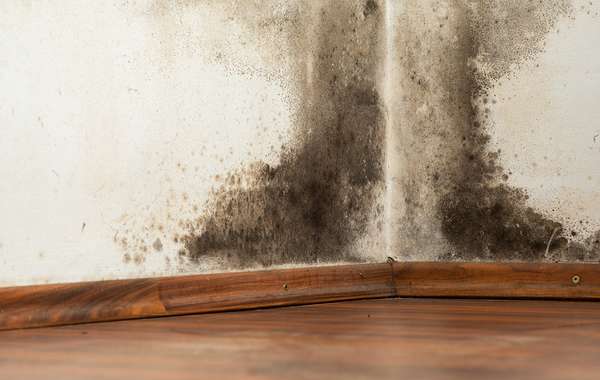
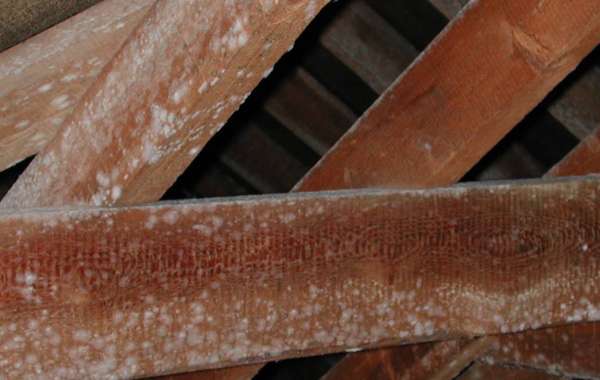


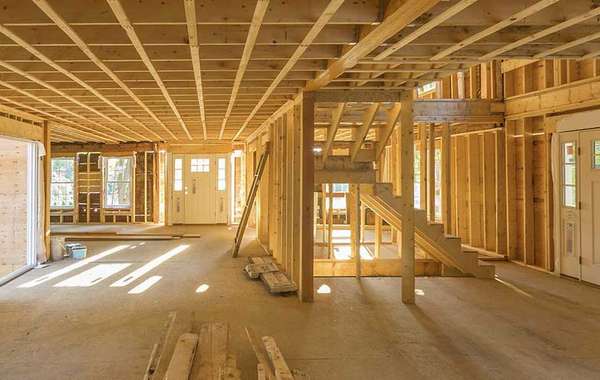
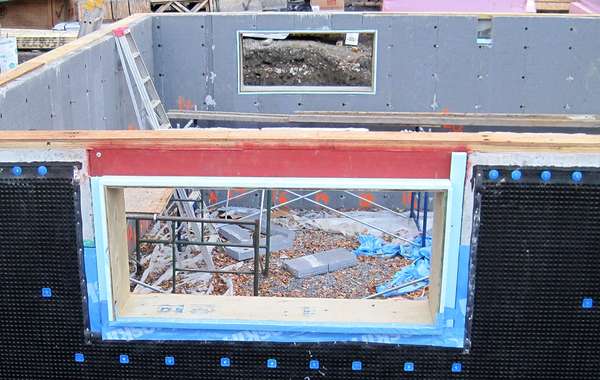
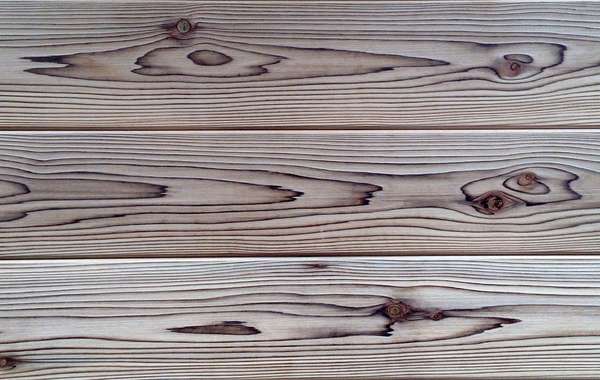
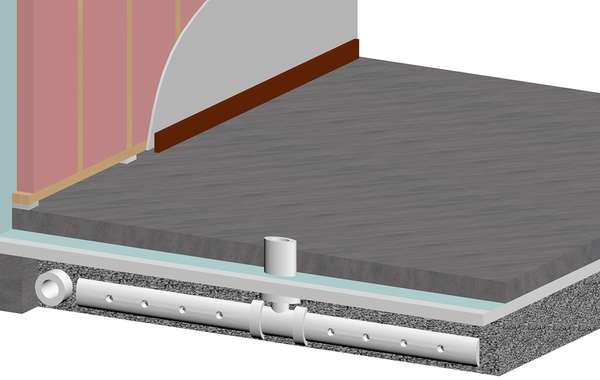
Comments (0)
Sign Up to Comment